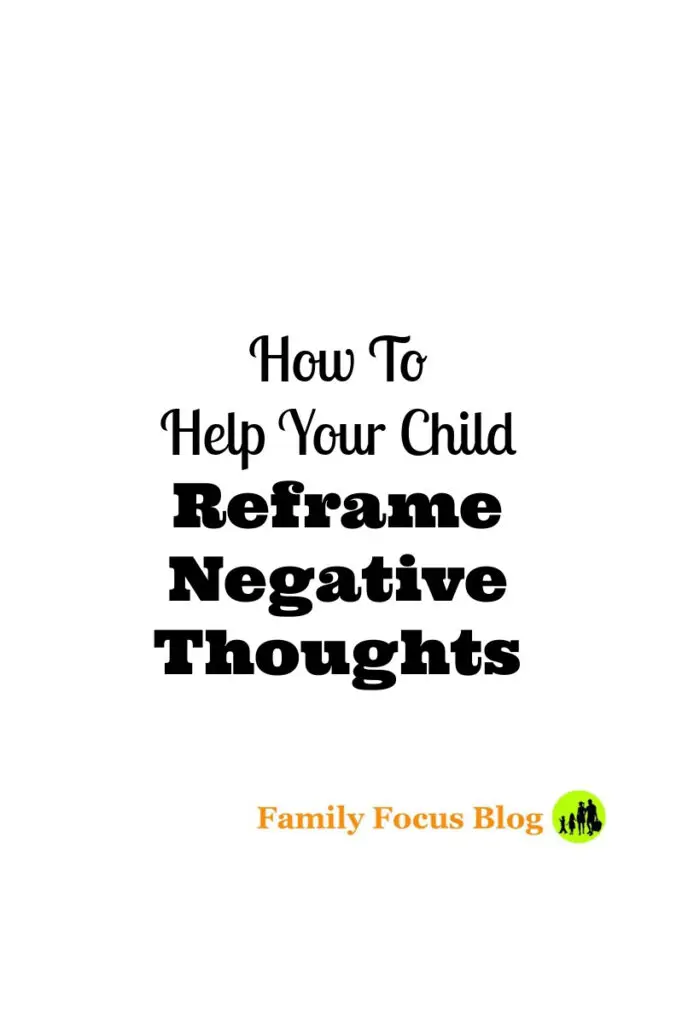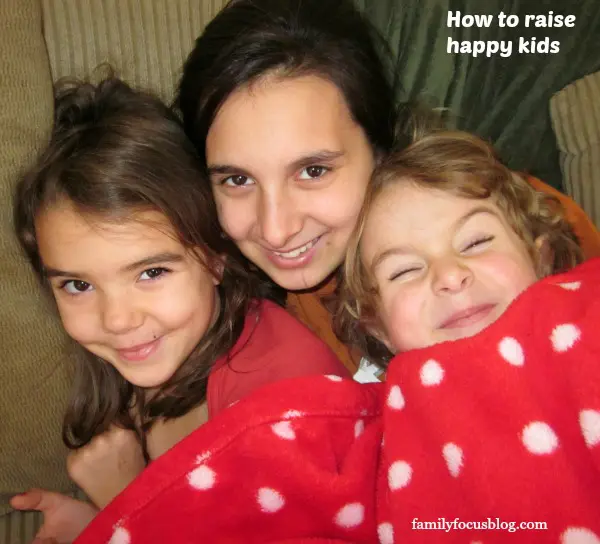Though Denmark is a small country in Europe, it is big on happiness. In fact they have repeatedly been voted as one of the happiest countries in the world an it holds the Number 1 spot to this day, according to the World Happiness Report. Danish psychotherapist Iben Sandahl and American writer Jessica Alexander have uncovered what they believe is the real secret to the Danes’ happiness and they reveal it in a new book called The Danish Way of Parenting. They will share the Danish way for how to reframe negative thought and raise happy kids. I am received permission to reprint an excerpt from the book here that shares a bit on how to raise happy kids.
The book states that the reason the Danes are so consistently voted “the happiest people in the world” is due to the Danish way of parenting that results in happier, more resilient children who go on to repeat this cycle of well-being when raising their own children. The Danish Way of Parenting is much deeper than your average parenting book because it basically looks at a philosophy of living but is written in a way that is accessible to everyone. It just might be a guide not only for how to raise happy kids but how to make yourself happier too!

Practice The Danish Way of Reframing Negative Thoughts
Before I share the excerpt with you, I would like to help place it in context a bit. One area the book focuses on is the Danish Way of reframing. The book speaks in depth on the topic of reframing and the section I will share with you from the book is sort of a recap section so if you want more details, please see the book. The book defines reframing in this way-
“Reframing with children is about the adult helping the child to shift focus from what they think they can’t do to what they can do. The adult helps the child see situations from different angles and gets them to focus on the less negative outcomes or conclusions. With practice, this can become a default setting.”
Practicing the Danish Way of reframing is just one aspect of how to raise happy kids but I think it is a very important aspect so I am very happy to be able to share it with you today through this excerpt that I have selected.
P 83.-85
How can we practice the Danish Way of reframing?
1. Pay attention to your negativity
Practice noticing when you have a negative thought pattern. Just try to notice it and see how often you are using negativity to view a situation. Try to come up with different ways of looking at things that upset you, like fears or worries, as an exercise. Try taking a step back in perspective and see if you can find understanding and another way to see things or a way to focus on a more positive aspect.
2. Practice reframing
Think about how realistic your thoughts are and try changing the phrasing. Consider the following sentences: “I never have time to exercise. I am so fat,” “I am a terrible writer.” “My mother-in-law is so annoying.” Now try turning them into a different sentence. “I do manage to exercise at least once a week and I am trying to eat salads for lunch, which feels good.” “I am a pretty decent writer once I get in the zone.” “I love my mother-in-law even if we have our differences. She is a great grandmother to the kids.”
It can be challenging to do but we know it makes a difference in our brain chemistry and this affects our well-being! At first it can even feel silly to do it, but the better you get at reframing, the better you will feel. Everything we see and say negatively about ourselves, our family, our anxieties and fears passes directly onto our kids, so give the gift of reframing to yourself and your children and make them naturally better at coping with life.
3. Use less limiting language
Try to eliminate the black-and-white, limiting language. I hate this, I love that, I always, I never, I should, I shouldn’t. I am like this, she is like that, etc., etc. Limiting language leaves little room to maneuver and is only viewing things from one’s own angle. Try to use more tempered, less severe language. Use less judgment and more acceptance and you will find yourself in fewer power struggles with your kids and your partner.
4. Try externalization language: Separate the actions from the person
Instead of saying “She is lazy,” or “He is aggressive,” try seeing laziness and aggressivity as something that is external rather than innate. “She is affected by laziness,” or “He is struck by moments of aggressivity,” is very different from labeling as “how they are”.
5. Rewrite your child’s narrative to be more loving
Make a list of your child’s most negative qualities and behaviors and write them out as a sentence. “She isn’t very academic.” “I think he has ADHD.” “She is so stubborn.” Then try to rewrite the sentences identifying the source of those behaviors. Like the one who isn’t very academic may love reading and be extremely social. The one who has ADHD may be energetic and a fantastic drummer. The stubborn one may be a patient hard worker who doesn’t give up. Try focusing on the positive side to your children’s behavior so they feel appreciated for their uniqueness rather than labeled negatively. Rewrite the negative identity conclusions for yourself and your children and separate the behavior from the child. Then we all have the ability to grow and rewrite more loving narratives about ourselves and our children.
6. Use supporting language
Help your child by using supporting language rather than limiting language. Ask questions to help them identify their emotions behind the actions. Help them identify their intentions and the intentions of others so they understand how to lead themselves
out of situations.
7. Use humor
Use humor to reframe but don’t negate negativity.
As I said, in the book they go into way more details and provide examples so I want to clarify the last point from the excerpt- don’t negate negativity. By that, they stress that the parent shouldn’t ignore the negative fact, for example the fact that the child played badly. The parent should acknowledge the negative, but use humor to show how much worse the situation could be as well- thus being a realistic optimist.
You can can get a copy of the The Danish Way of Parenting book at your local book store or here is my affiliate Amazon link for your convenience.
Conclusion
Reframing negative thoughts is a cognitive-behavioral technique that involves changing the way you perceive and interpret situations. Instead of dwelling on problems, shift your focus to finding solutions. Instead of viewing mistakes as failures, see them as opportunities for growth and learning. Identify lessons learned and how you can improve in the future. Remember that reframing negative thoughts takes practice. Consistency and patience are key as you work to change your thought patterns over time.
I hope you enjoyed these parenting tips based on the Danish Way of Parenting for how to raise happy kids. What were your favorite tips? Feel free to share your thoughts on reframing.
Related Posts:
7 Positive Parenting Techniques [Successful Tactics]

